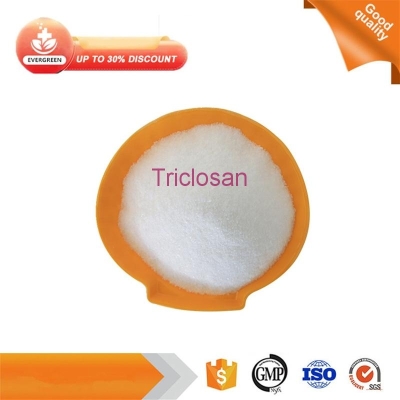-
Categories
-
Pharmaceutical Intermediates
-
Active Pharmaceutical Ingredients
-
Food Additives
- Industrial Coatings
- Agrochemicals
- Dyes and Pigments
- Surfactant
- Flavors and Fragrances
- Chemical Reagents
- Catalyst and Auxiliary
- Natural Products
- Inorganic Chemistry
-
Organic Chemistry
-
Biochemical Engineering
- Analytical Chemistry
- Cosmetic Ingredient
-
Pharmaceutical Intermediates
Promotion
ECHEMI Mall
Wholesale
Weekly Price
Exhibition
News
-
Trade Service
Sanitary napkin adhesive peeling strength tester principle: the standard sweat cloth is attached to the sanitary napkin (pad) adhesive, after processing a certain period of time under the specified conditions, the sanitary napkin (pad) and the standard sweatcloth are peeled at 180 °, the average value of the peeling force within the stripping displacement is calculated, and the average value of the peeling force indicates the adhesive peeling strength
of the sanitary napkin (pad).
。 Standard: GB/T8939—2018 Parameters: The chuck width is (80±1)mm The measuring range is 0~30N, and at least 20 effective peeling force values can be obtained per second during the test Counterweight Weight: length (80±1)mm, width (62±1)mm, quality (500±5) Oven: can maintain the temperature (37±2)°C Standard sweatcloth Specimens are taken and pre-test treatment: at least 5 sanitary napkins (pads) are taken for each sample, and the sanitary napkins (pads) taken are at least two sales packages
。 Before preparation, the sanitary napkins and standard sweat cloth to be tested should be placed at a temperature of (23±1) °C and a relative humidity of (50±2)% for more than
4h.
Test steps : , take a sanitary napkin (pad) and remove the outer packaging film
.
Cut a 120mm long specimen strip in the middle of the adhesive section of the sanitary napkin (pad) along the long side of the sanitary napkin (pad), and draw a straight line
perpendicular to the long side in the middle of the specimen strip.
From one end of the specimen strip, the release paper is uncovered to a straight line position (the test part avoids the specimen crease as much as possible
).
The standard jersey (E.
2.
4) (reverse side down) is tiled on the adhesive backing of the specimen, as shown in Figure E.
1, ensuring that the standard sweat cloth of 60mm length is attached to the exposed adhesive backing, and the other 60mm length of the standard sweatcloth remains free to form a test sample
.
The test sample is then placed on
a plate (E.
2.
5).
Note 1: Do not touch the specimen test area during sample preparation, so as not to affect the test data
.
Note 2: If the total length of the adhesive on the sanitary napkin (pad) is less than 120mm, make sure that the length of the standard sweatcloth is 60mm
.
Note 3: For sanitary napkins (pads) with only outer packaging film and no release paper, the specimen strip needs to be wrapped with outer packaging film
.
Move the plate containing the test sample into the oven (E.
2.
3) and gently place the counterweight (E.
2.
2) on a
standard sweatcloth.
Place without applying any other external force and ensure that the long side direction of the counterweight is perpendicular
to the long side direction of the standard diaper.
Start the oven, wait for the temperature in the box to reach (37±2) °C to start the time, 1h after taking out the plate with the test sample, put it in the temperature of (23±1) °C, relative humidity of (50±2)% of the standard atmospheric conditions cooled for 20 min, remove the counterweight for peeling test
.
Before the peeling test, the initial distance between the two chucks of the adhesive stripping strength tester (E.
2.
1) is set to be 80mm, the tensile speed is (400±10)mm/min, the chuck displacement is 120mm, and the value range is 20mm~100mm
.
One end of the test sample without standard sweat cloth is clamped into the chuck of the adhesive peel strength tester, and the free end of the standard sweat cloth is clipped into
the lower chuck.
Start the instrument, the instrument automatically removes the self-weight of the specimen after the test sample 180 ° peeling, the chuck displacement to 120mm when the stop peeling, the instrument displays the displacement - peeling force curve, and automatically calculates the average value
of the chuck displacement between 20mm and 100mm peeling force.
Result representation: Each sample is tested with 5 specimens, and the arithmetic average of the test values of the 5 specimens is used as the test result of the adhesive stripping strength of the adhesive backing, which is expressed in mN, and the results are revised to the integer position
.







